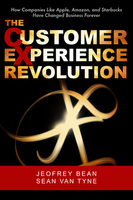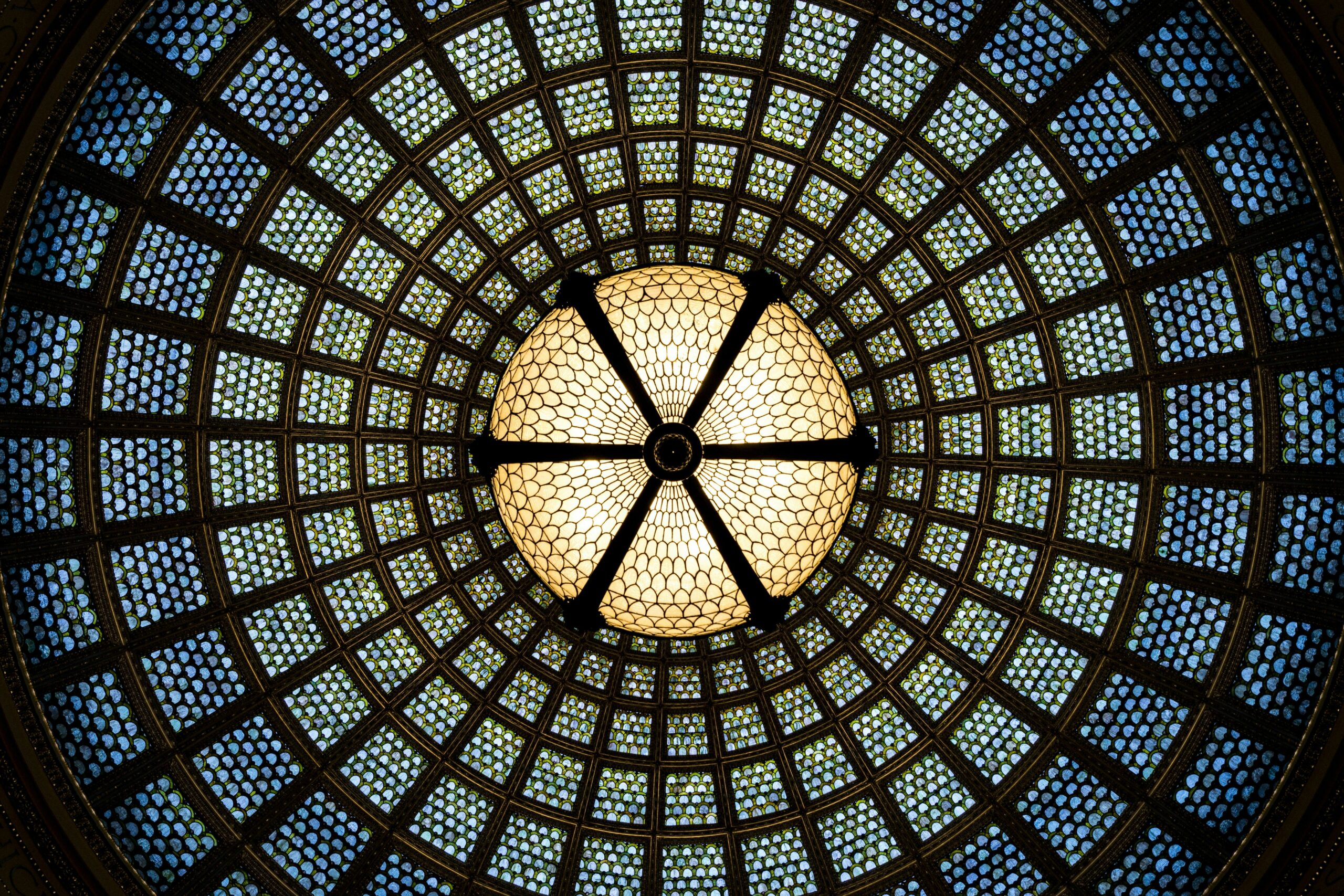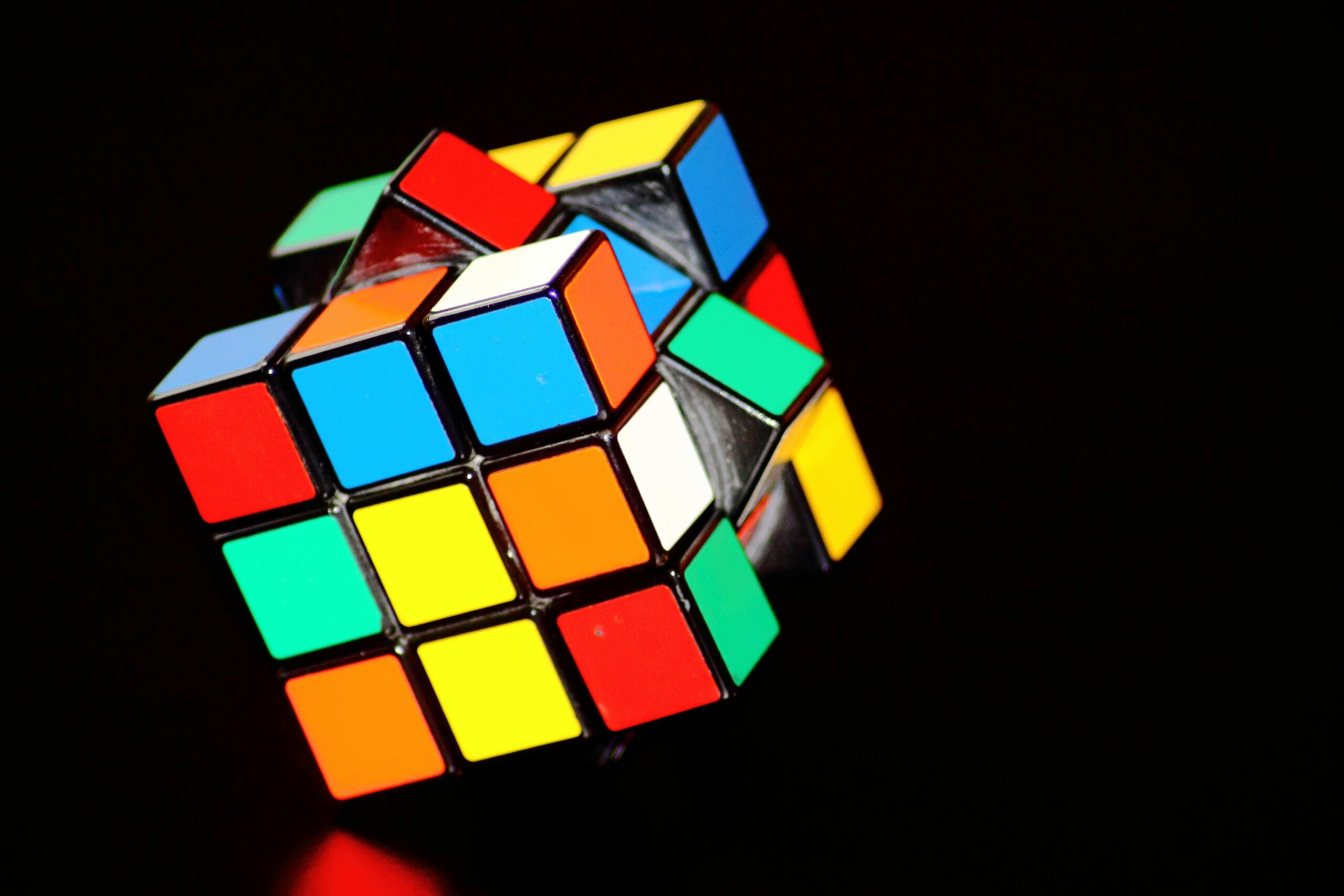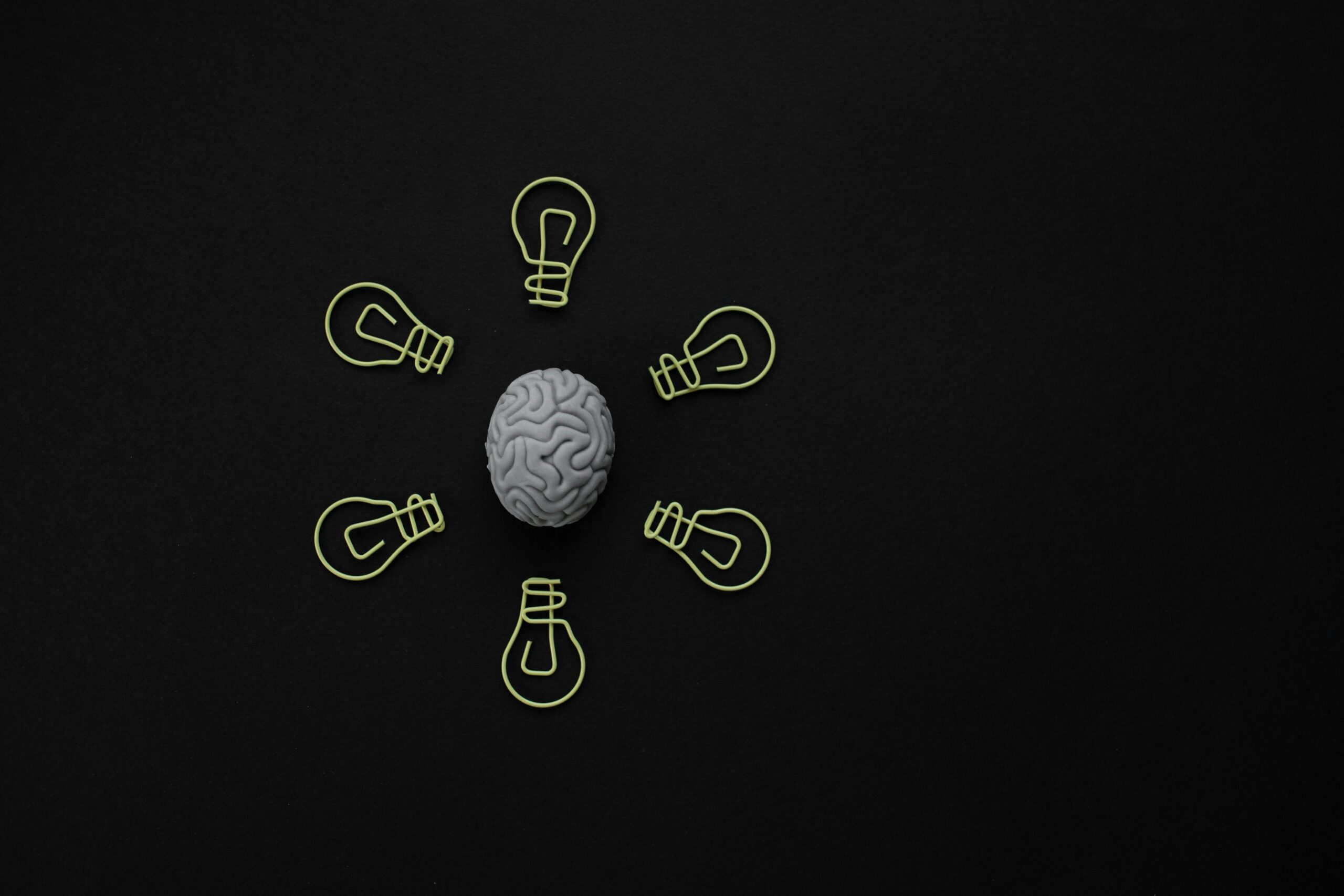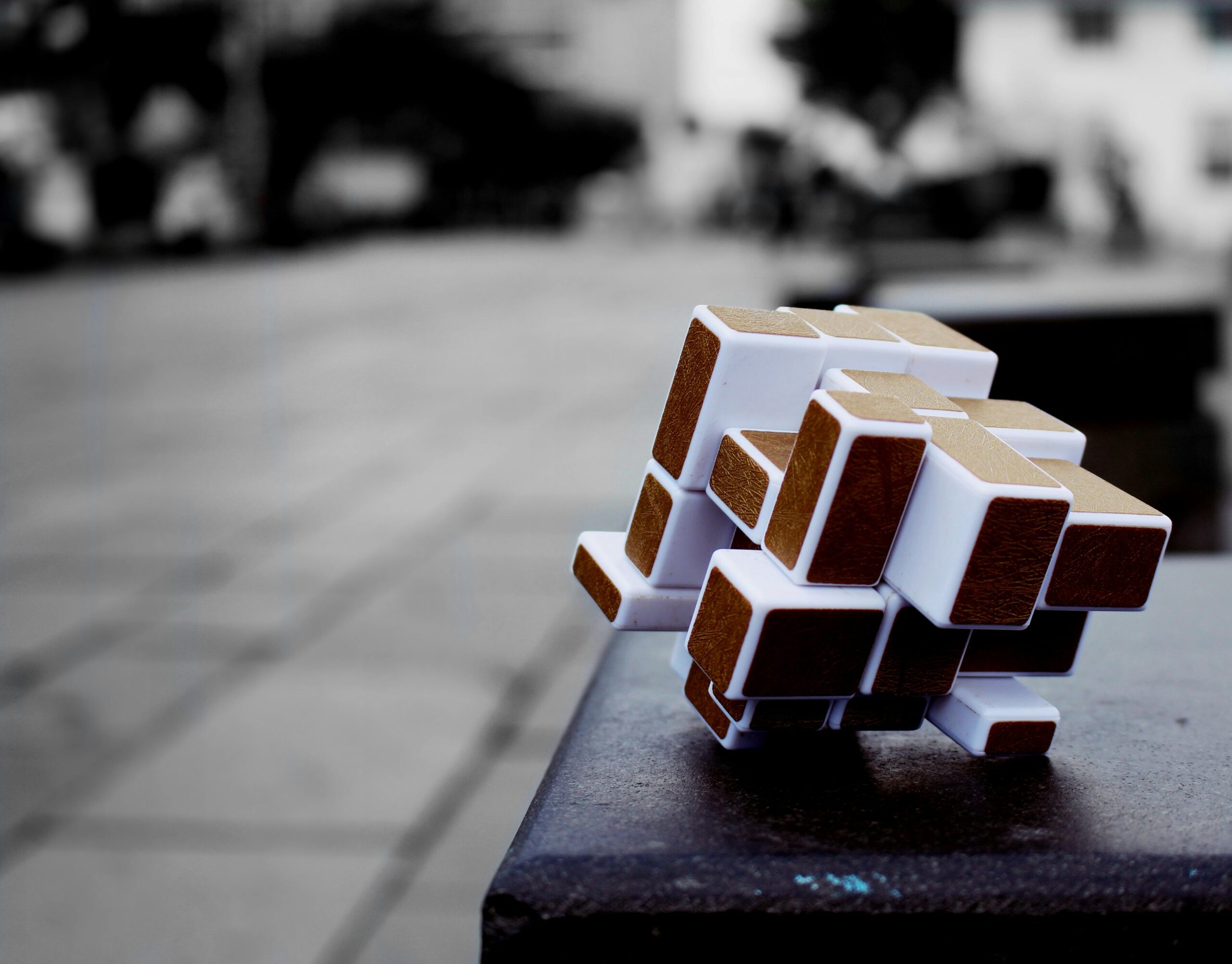Authenticity, Your Brand Promise and Experience
I was having coffee with my good friend, Mark Tomaszewicz, Chief Experience Officer at Bulldog Drummond. Mark was sharing with me this idea that at the intersection of brand promise and brand experience is authenticity. Mark recently wrote a blog about it. What I like about this Venn diagram Mark shared in his blog is how … Read more
